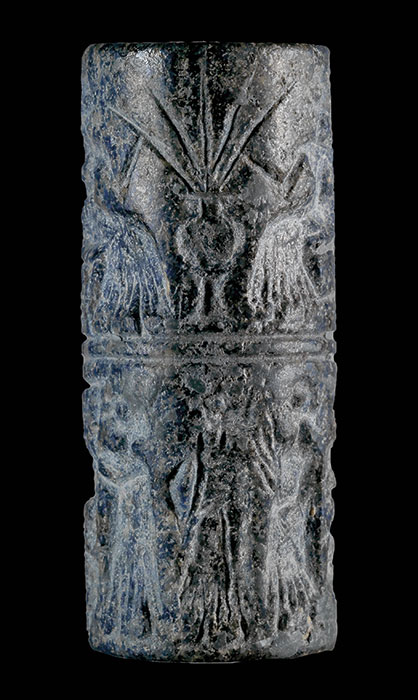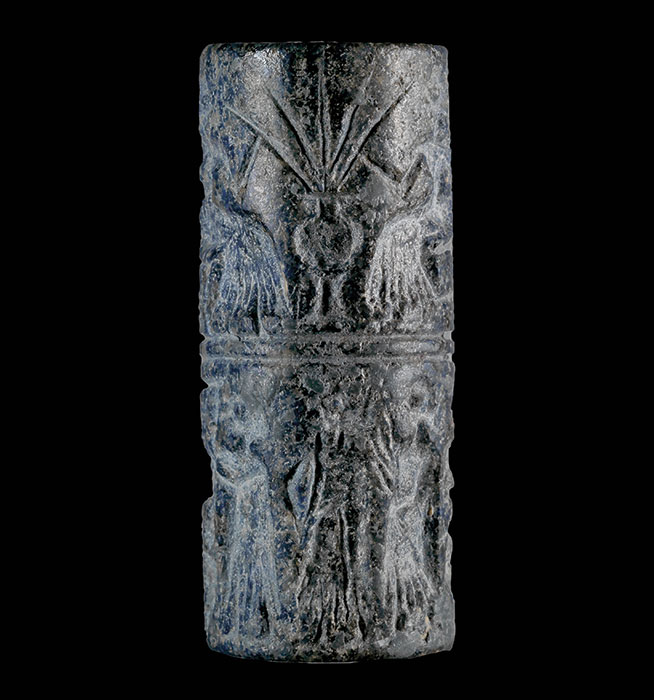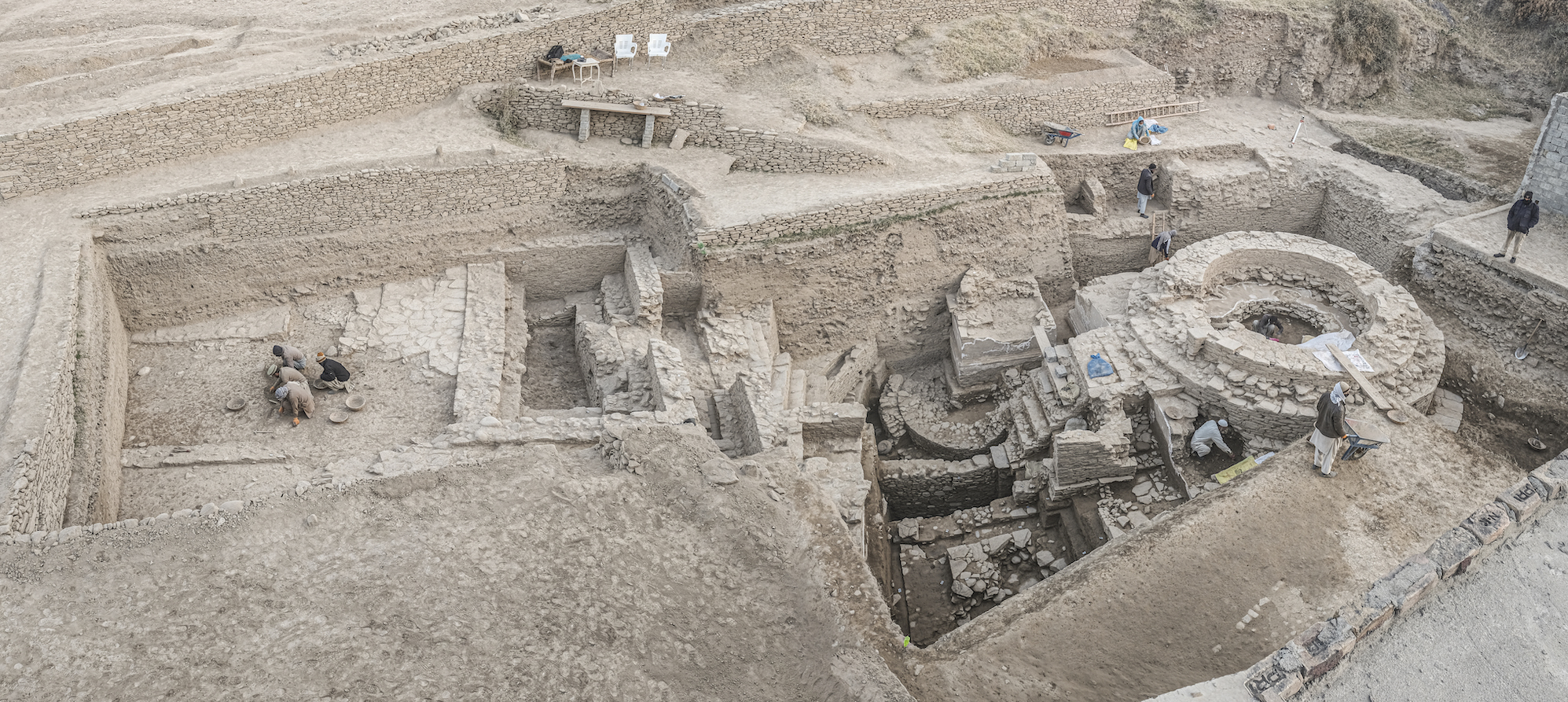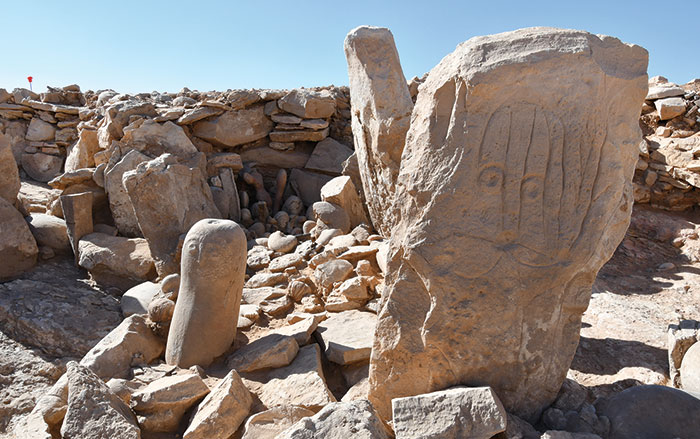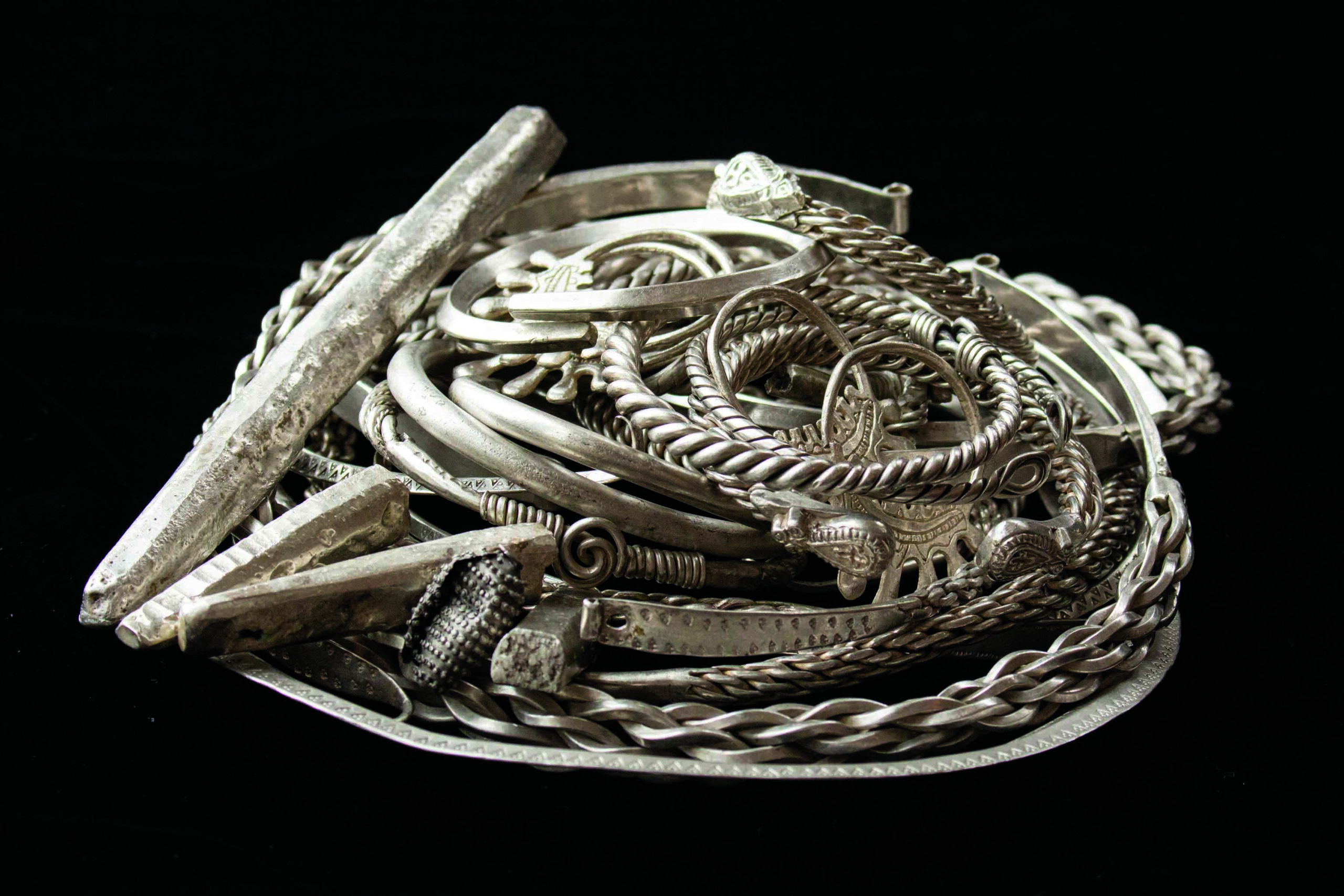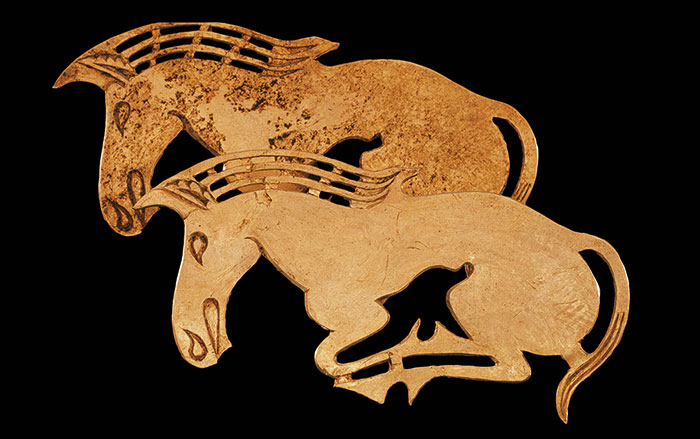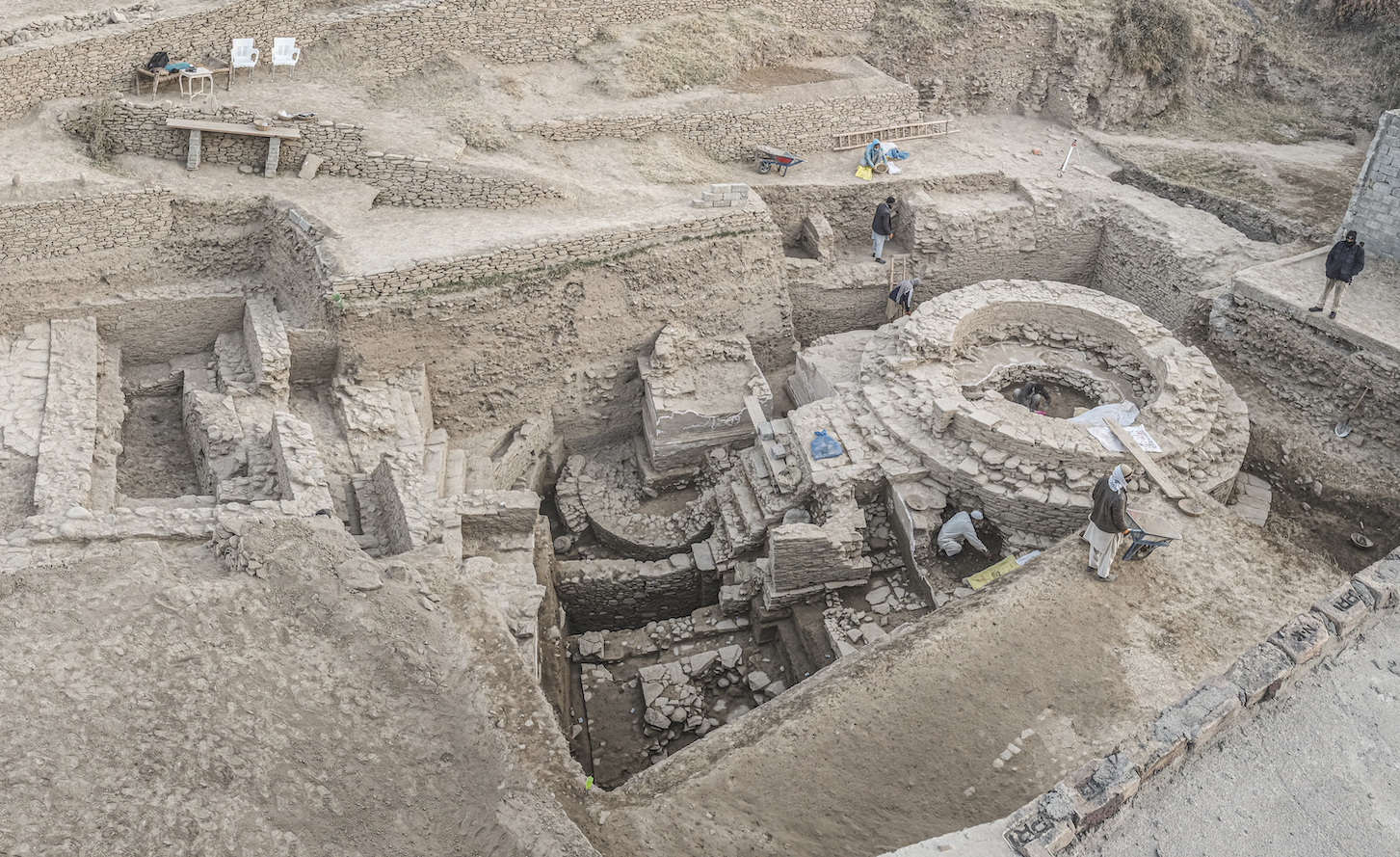
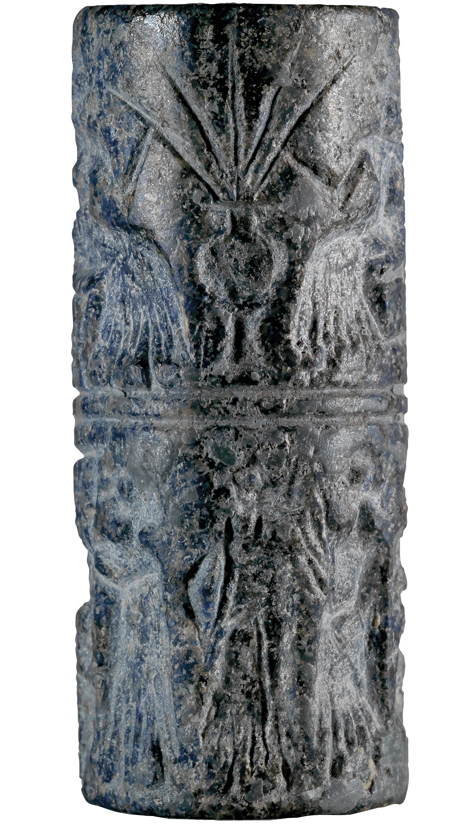
A novel interpretation of eight gold and silver tubes discovered in southern Russia dating to around 3500 B.C. suggests that they may be the world’s oldest drinking straws. The tubes were found alongside one of three skeletons in a burial mound known as the Maikop kurgan, which was excavated in 1897. The richly furnished mound also contained hundreds of other artifacts, including ceramic vessels, metal cups, weapons, and beads made of semiprecious stones and gold. The tubes, which are hollow and measure around 3.7 feet long and just under a half inch in diameter, were originally thought to have been scepters or poles used to support a canopy.
Viktor Trifonov, an archaeologist at the Russian Academy of Sciences’ Institute for the History of Material Culture, suspected the tubes might have had a very different purpose. He thought they may have been used as straws in a communal drinking activity of a sort depicted in Mesopotamian artwork discovered in present-day Iraq dating to the fourth millennium B.C. To test his hypothesis, he focused his investigation on the tubes’ silver tips, which are perforated in a manner that might help filter a beverage’s impurities. Trifonov analyzed the residue from one of these tips and revealed the presence of barley starch granules, fossilized particles of plant tissue, and a pollen grain from a lime tree, possible evidence that the tubes were used to imbibe barley beer. He believes the practice of sipping a libation with one’s compatriots in this manner likely originated in Mesopotamia and then spread to the area around Maikop.


